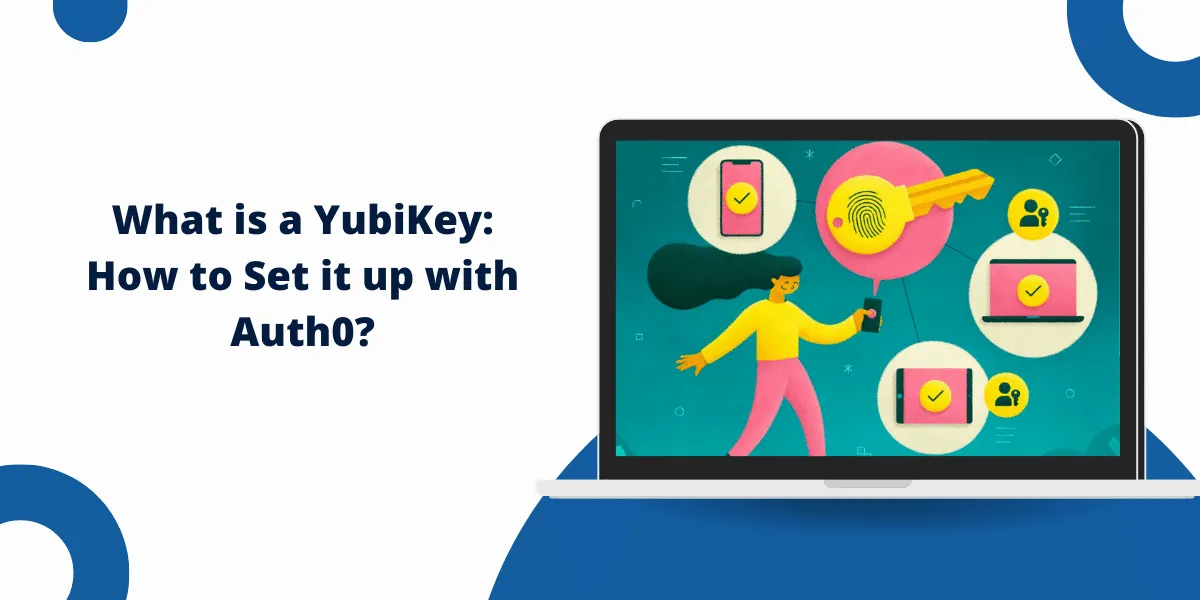Getting Started with Time Stamping Code Signing Certificates
Code signing time stamping, also known as timestamping, is an important part of the code signing process that provides proof of when a piece of code was signed. It helps establish trust in digitally signed code and protects against certain security vulnerabilities. Here’s a detailed look at what code signing time stamping is, how it works, its benefits, and why developers and users should care about it.
What is Code Signing Time Stamping?
Code signing is the process of digitally signing executable code, such as software, scripts, drivers, and firmware, using a certificate-based digital signature. It allows authors to cryptographically sign their code so users can verify its authenticity and integrity.
Time stamping is an optional mechanism used in code signing that binds a trusted time to the digital signature. It proves that the code was signed at a certain point in time.
A time stamp authority (TSA) issues a digitally signed time stamp token containing the date and time when the code signing process took place. This timestamp is embedded into the final signed code package.
When a user verifies the code signature later, the time stamp provides cryptographic proof of when the code was signed. If the code or signature was tampered with after signing, the time stamp will detect it.
How Does Code Signing Time Stamping Work?
Here are the steps involved in time stamping during the code signing process:
- The software developer hashes the code using a cryptographic hash algorithm like SHA-256. This produces a unique fingerprint of the code.
- The hash is signed using the developer’s private code signing key to create the digital signature.
- The developer sends the hash and digital signature to a Time Stamp Authority (TSA) to be timestamped.
- The TSA verifies the digital signature to ensure the request came from the genuine certificate holder.
- The TSA adds a time stamp token containing the date/time to the hash and signs it with the TSA’s private key.
- The signed timestamp token is returned and embedded into the final signed software package.
- When users verify the code signature, the time stamp is validated to prove the code was signed at the specified time.
Benefits of Code Signing Time Stamping
Here are some key benefits of using time stamps during code signing:
- Proves When Code Was Signed: The timestamp provides verifiable proof of when the code was signed and prevents backdating attacks.
- Detects Tampering: Any changes to the code or signature after signing will be detected when the time stamp is checked. This maintains integrity.
- Supports Long-Term Signatures: Digital signatures have a cryptoperiod where they are valid. Time stamping extends the validity by proving when the signature occurred.
- Important For Log Files and Documents: Time stamping proves when logs, documents, and other data were signed, which is important for compliance.
- Enhances Trust: Time stamped code signatures inspire more confidence and trust in the code’s authenticity for users.
- Helps Meet Regulations: Time stamping helps satisfy requirements in industry regulations like code signing for the FDA, Microsoft Authenticode policy, etc.
- Good Cryptographic Hygiene: It follows cryptographic best practices for proving data/code has not been altered after signing.
Why Should Developers Care About Time Stamping?
Here are some reasons why software developers should utilize time stamping when code signing:
- Protects your reputation as the code’s author by preventing tampering.
- It enhances trust from users who can definitively verify when the code was signed.
- It helps prove your intellectual property rights and ownership of the code.
- Adheres to best practices for cryptographic signing of executable code.
- Satisfies requirements of code signing policies and industry regulations.
- It makes your code more appealing and credible to enterprise users concerned about security.
- Future-proofs your code signatures by extending their validity period.
- It prevents certain attacks like backdating, which try to bypass signature checks.
Why Should Software Users Care About Code Signing Time Stamps?
Users and organizations utilizing digitally signed software should also care about time stamping for these reasons:
- Provides positive proof of when the developer signed the code.
- Ensures the code/signature has not been tampered with since signing.
- Instills confidence that the code has been authentic and unaltered since its release.
- It helps assess if the signed code is still trustworthy within the signature’s validity period.
- Satisfies corporate policies or regulatory requirements for signed code.
- Prevents certain attacks like backdating of code signatures.
- Enables long-term validation of code signatures.
- Follows cryptographic best practices for integrity and non-repudiation.
- Indicates the developer followed secure coding practices when signing their software.
Final Thoughts
Code Signing Time Stamping provides important cryptographic assurances that the signed code is authentic and unaltered from the time of signing. By leveraging trusted time stamps, developers can prove when the code was signed, maintain integrity, satisfy regulatory requirements, and gain user trust. As code signing becomes more ubiquitous, time stamping will be a critical component that both developers and users should care about to secure the software ecosystem.
Frequently Asked Questions
What is the difference between code signing and time stamping?
Code signing is the process of digitally signing executable code using a certificate-based signature. Time stamping adds a signed timestamp token to prove when the code was signed. The Code Signing Certificate provides authentication, while time stamping provides proof of signing time.
What happens if time stamping fails during code signing?
The code signature will still be valid in most cases but without the extra protection and benefits provided by the time stamp. The signing time will not be cryptographically verifiable.
Where is the time stamp token added during code signing?
The TSA-signed timestamp token is embedded into the final signed code package. This could be a file like an Authenticode signature in Microsoft binaries or a section within the file format.
What hash algorithms can be used for time stamping code?
Secure cryptographic hashes like SHA-256 are typically used. The hash algorithm used by the TSA may limit what can be stamped. For Authenticode signing, SHA-256 is recommended.
Does a time stamp extend the validity period of code signatures?
Yes, a validated time stamp extends the validity period of the code signature by proving it existed at a certain point in time. This allows relying on the signature even after expiry.
What is a Time Stamp Authority (TSA)?
A TSA is a trusted third-party server that time stamps data by binding trusted time to a hash or digital signature. Leading companies like DigiCert, Sectigo, and GlobalSign operate commercial TSA services.
What regulations and policies require code signing time stamps?
Time stamping helps meet requirements in regulations like FDA 21 CFR Part 11 and policies like Microsoft Authenticode. It also aligns with standards like RFC 3161, which recommends time stamping.

Priya Mervana
 Verified Web Security Experts
Verified Web Security Experts
Priya Mervana is working at SSLInsights.com as a web security expert with over 10 years of experience writing about encryption, SSL certificates, and online privacy. She aims to make complex security topics easily understandable for everyday internet users.



